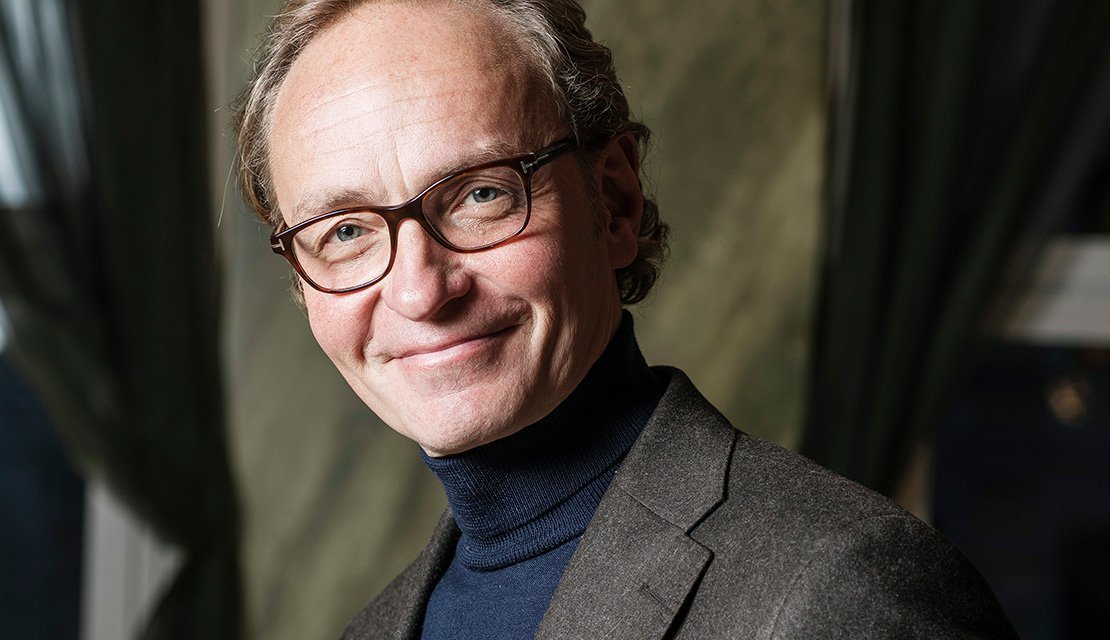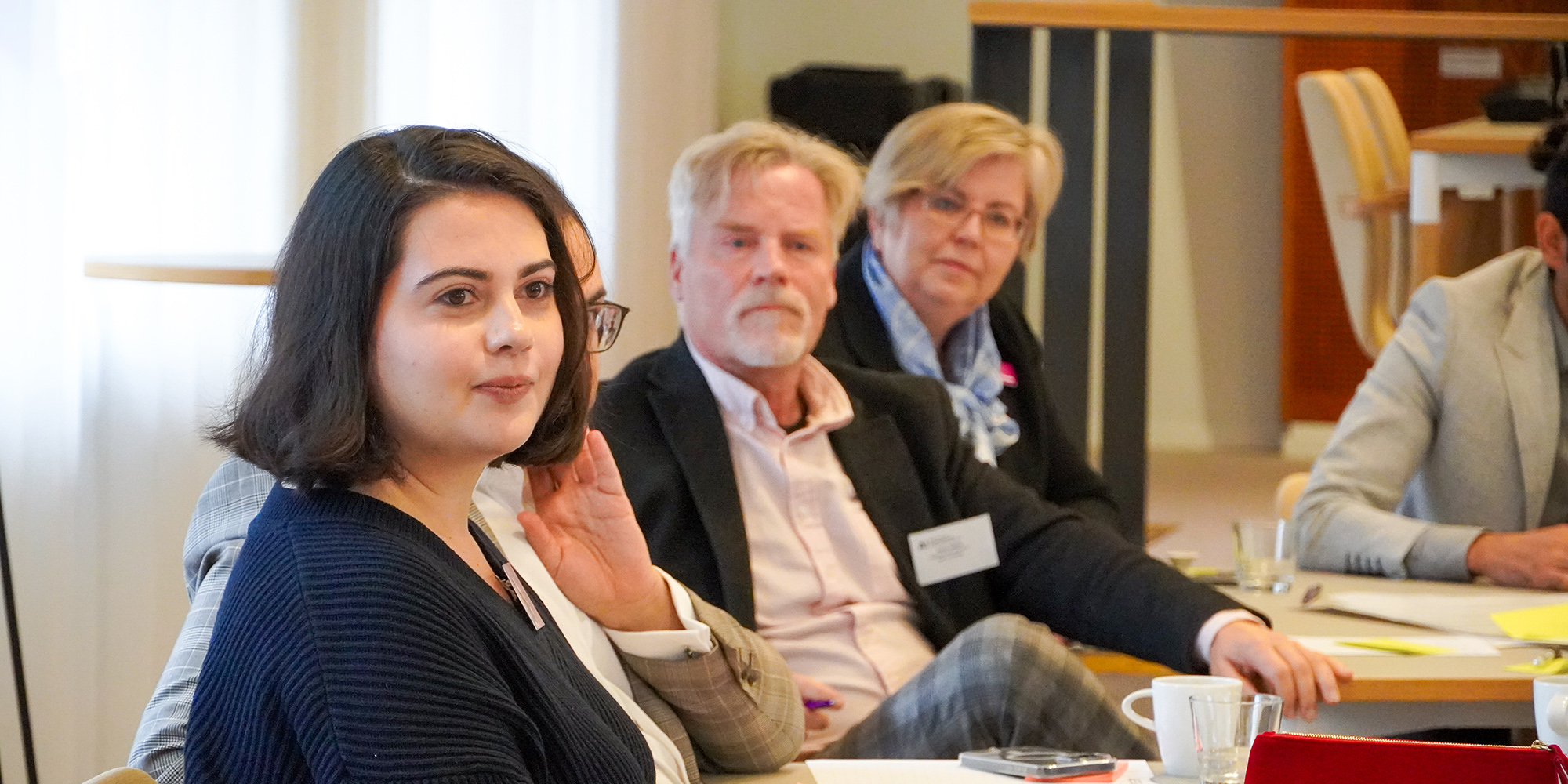In the midst of the United States 1960s Civil Rights movement, in its most violent and tumultuous period, Robert Kennedy is working to win the democratic primary. On Thursday, April 4th, 1968, he takes a plane for the short flight from Muncie to Indianapolis. About to board, he receives a phone call: Martin Luther King has been shot in Memphis. On landing, he learns that Dr. King has died.
The explosiveness of the situation is clear. Riots mark city gatherings. Kennedy is scheduled to talk to two thousand people who have gathered in the dark and chill of early spring. The Police Chief declares: “After they find out there will be an outburst! It is too dangerous for you to speak now.” Kennedy insists and insists on having no police escort. He wants “to speak from his heart.” He desires to rise to the occasion. He tears up his prepared speech on Vietnam and a higher minimum wage. With his staff terrified about the public’s reaction, Kennedy starts out: “I have bad news for you….”
Leadership ensures the delivery
Overall value is derived from a combination of the assets and their performance. Increasingly, the true difference in value is dictated by how the assets are being run, not just the quality of the assets. The most valuable asset of any organization is its human capital. And it is leadership that ensures that the performance of this human capital is maximized.
The ability to inspire is critical when driving for optimum performance."
The ability to inspire is critical when driving for optimum performance. At the same time, unmotivated, uninspired organizations are doomed to drown in their own cynicism, thus jeopardizing performance and value creation. Leaders need to rise to the occasion, irrespective of the nature of the underlying business itself.
An organization’s performance is highly dependent on the leadership adopted. The leadership is not a set of mechanistic actions following the corporate calendar, rather it is a constant presence which shows genuine care for wellbeing and a safe environment. At the same time, leadership encourages and demands delivery and constant questioning of the self-evident. Cultural organizations can evolve into outstanding examples of best performance if they successfully capture the leadership imperatives.
True leadership unleashes excellence
True leadership comes from within and is not based on any given authority from outside or above. Rather it is a collective recognition of coherence that is based on shared views of direction together with integrity and a sense of purpose. True leaders are not simply those who have been granted the authority to lead, rather they reflect the organization’s willingness to be led.
Competition is forever fierce. True difference derives from a mosaic of complex individual initiatives – but in the end, it comes down to ensuring that the human capital excels, and this cannot be forced. So, how can we achieve this? What are the elements required to ensure that the true potential of an organization is realized? How can we unleash and activate true excellence?
Leadership ensures performance with creativity – and creativity is needed
Let us play a mind-game and imagine Utopia becoming an achievable reality. Organizations would be flat and agile, sharing a purpose of being and subscribing to common values with common goals. Decisions would be crafted while relying on the team and allowing each individual to grow and develop. At the same time, performance would be uncompromisable and include self-steering with the utmost discipline. The organization’s true nature would be labelled by ultimate creativity and the capability to over-deliver – again and again.
It all comes down to leading and inspiring."
The performance would be Swiss watch precision meeting Miles Davis; Gio Ponti’s precision and practicality marrying the images of Salvador Dali. Is combining creativity with a culture of high performance counter intuitive? I would propose absolutely not. It all comes down to leading and inspiring. Not only “walking-the talk” but “becoming the talk”. The leadership makes the difference.
The American visual artist Man Ray stated: “An original is a creation motivated by desire. Reproduction is motivated by necessity. We are the only species that creates gratuitous forms. To create is divine, to reproduce is human.” Man Ray has a point – but overly black and white and now distinctly old-fashioned. The true acid test of winning leadership remains its capability to unleash the ability to create. At the same time organizations need to deliver. Targets need to be achieved and budgets and timelines need to be met. Accordingly, ”re-production” is of value, predictability ensures creating value.
The true winning organizations are the ones that master combining the continuous drive for performance with not compromising innovation and the ability to question the self-evident – remaining curious and even rebellious. Modern leadership is encountering the challenge of being inspirational while meeting the constant needs of everyday delivery. I would argue that Hubert Humphrey had it right: "Leadership requires more than a large stock of gunboats and a hard fist."
Going beyond the comfort-zone – the true source of distinctiveness
How can we capture the best practices of both worlds? Doing what you have set out to do very well should always, in parallel, promote a hunger for seeking disruption. Sustaining a culture of continuing incremental performance improvement is the quintessential ambition of current high-achiever organizations. Mastering process disciplines, aligning incentive mechanisms, motivating and encouraging personnel to deliver and re-produce are the foundations of the toolkit as competition erodes margins.
Moments of discontinuance should be embraced as they provide for openings that are not self-evidently available."
At the same time, the truly outperforming organizations go beyond this. They recognize that fluctuations and imbalances are great sources of creativity. They are servicing the necessary paradigm – to make a true difference – and should be welcomed. Accordingly, moments of discontinuance should be embraced as they provide for openings that are not self-evidently available. Again, it takes true leadership to accept this, to encourage this – but also to manage this while balancing the security of performance. And leadership needs to be constantly present, showing care. It remains much more than the traditional leadership/management axis, articulating its interest in the wellbeing of the organization’s human capital and thus the ability to continue performing. Creativity needs to be nurtured, while delivery is secured – the secret is to regard disruptive creativity as an integral part of delivery.
Businesses can learn tremendously from cultural organizations - and vice versa."
Testing boundaries is not only welcome but expected and required. The creative forces of an organization are activated to question the self-evident and provide out-of-the-box views, even the delivery of creativity is measured in a disciplined way. And all this needs to take place with leadership ensuring the encouragement and motivating environment needed to do just that. Businesses can learn tremendously from cultural organizations – and vice versa.
Being part of the purpose
Multi-task organizations invite complexity and therefore require a range of disciplines, but in the absence of unity and a common sense of purpose, the threat remains that delivery will be reduced to an everyday imperative rather than something which provides excitement and inspiration. This is why corporate values are much more than just buzzwords and should truly embody an organization’s purpose.
Corporate values are much more than just buzzwords and should truly embody an orgranization's purpose."
Organizational commitments have various forms but the most desirable is emotional attachment, whereby the employees feel they “want to be” part of the organization and that they “want to be led” in that context. Voluntary work in an NGO (or your child’s sports-team for that matter) provides a text book example of a fruitful platform for such a working environment. The organizational frame becomes part of individual identity and is carried with pride and a great sense of unity. Further, employees wish to contribute to the “common good” as they truly stand behind the meaningfulness of the cause. Organizational wellbeing becomes commonly shared and appreciated. Leadership is shared and felt. Performance has a spice of passion to it.
Passion is – of course – not unknown in the business context. Nike is a globally known mega-brand. It became a cultural icon because it captured the zeitgeist of pop culture, married it to sports, and subsequently created a cult-following. Top Wall Street and London investment bank recruitment officials cried in despair in the 1980s when top business school graduates cordially refused their six-figure starting salaries and instead had ”swoosh” tattoos on their ankles. The same spirit of enthusiasm marks many Silicon Valley start-ups and new disruptive technology and service providers. Leadership truly comes from within and the entire organization has a common belief in joint delivery.
Cultural organizations are blessed and cursed
Cultural organizations should provide a fruitful platform for passion and creativity. Albert Camus said: “Culture is the cry of men in face of their destiny”. Cultural organizations have the blessing of operating in an environment where the ultimate cause is regarded as valuable per se. At the same time, cultural organizations are facing increasing requirements to introduce “business-like” mechanisms and processes to set targets, monitor performance, and ensure proper execution and gearing of remedial actions. This is simply due to the transitions prevailing in the surrounding socio-economic forces.
It takes exceptional leadership to align the targets of a cultural organization to a financial framework."
Mere dependence on public funding is dangerously short-sighted, and the advances of the private sector are placing previously secured market monopolies in question. It takes exceptional leadership to align the targets of a cultural organization to a financial framework. After all, unlike financial communities, the true performance of a cultural organization is not judged and measured by investment criteria alone. Having said this, the fundamental underlying nature of cultural organizations puts them in an advantageous position to become beacons of light among the competition, while unleashing the true potential of human capital. But it does not manifest itself without the inspiration of true leadership.
True leaders make their presence felt while encouraging, supporting, sharing, caring and challenging."
An Italian proverb declares: “The right man comes at the right time.” The same applies to leadership. True leaders are present and make their presence felt – felt while encouraging, supporting, sharing, caring, and challenging. Cultural organizations have an inbuilt ability for coherence, but by the same token a natural fragility and a challenge to comply with the parochial transforming forces of financial delivery. It is painfully easy to declare overly one-eyed targets. Combining business discipline with a true sense of purpose can deliver extraordinary results. Cultural organizations are crafted to make a difference; and with skillful leadership they truly can. And they can do this while inviting disruptions without compromising continuation of delivery.
Difference can be made
After Kennedy’s opening, there is a collective gasp together with cries of anguish and disbelief. He continues: “Dr King dedicated his life to love and justice for his fellow human beings, and he died because of that effort. … We can make an effort … to understand and comprehend … with compassion and love.” In the aftermath of Dr. King’s assassination, there were uprisings in more than a hundred American cities. Forty African-Americans were killed and thousands injured. Close to a 100,000 federal troops and National Guardsmen were dispatched by President Johnson to contain the riots. After Kennedy’s speech none were needed in Indianapolis, people returned heart-struck – but peacefully – to their homes.
Karri Kaitue is an experienced board professional and business manager. He is one of the keynote speakers at Aalto EE's Business of Culture, which is an executive program for leaders from the arts and culture sector. It is tailored to enrich and develop participants’ understanding of how effective leadership, business acumen, and networking can transform their organizations. Read more about the program.





















